Arrow Functions in JavaScript | ES6
Author: neptune | 26th-Mar-2023
Arrow functions are a new feature introduced in ES6 (ECMAScript 2015) that provide a concise syntax for writing functions in JavaScript. They are also known as fat arrow functions or lambda functions. Arrow functions are a shorthand way of writing functions that are more concise and easier to read than traditional function expressions.
In this article, we will explore the syntax and usage of arrow functions in detail, along with some examples.
Syntax of Arrow Functions
The syntax of arrow functions is quite simple. Here is the basic syntax:
```
const functionName = (arg1, arg2, …, argN) => {
// function body
};
```
In the above syntax, `functionName` is the name of the function (optional), `arg1`, `arg2`, …, `argN` are the parameters of the function (also optional), and `function body` is the code that is executed when the function is called.
Let's take a look at some examples to understand the syntax better.
Example 1: A Simple Arrow Function
```
const greet = () => {
console.log("Hello, World!");
};
greet(); // Output: Hello, World!
```
In the above example, we have defined a simple arrow function called `greet` that logs the message "Hello, World!" to the console. We have then called the function using the `greet()` syntax.
Example 2: Arrow Function with Parameters
```
const add = (a, b) => {
return a + b;
};
console.log(add(5, 10)); // Output: 15
```
In the above example, we have defined an arrow function called `add` that takes two parameters `a` and `b` and returns their sum. We have then called the function using the `add(5, 10)` syntax and logged the result to the console.
Example 3: Arrow Function with Implicit Return
```
const multiply = (a, b) => a * b;
console.log(multiply(5, 10)); // Output: 50
```
In the above example, we have defined an arrow function called `multiply` that takes two parameters `a` and `b` and returns their product. Notice that we have used the implicit return syntax, which means that we have omitted the curly braces and the `return` keyword. This is possible because the function body consists of a single expression.
Example 4: Arrow Function with Object Literal
```
const person = (name, age) => ({ name: name, age: age });
console.log(person("John", 30)); // Output: { name: "John", age: 30 }
```
In the above example, we have defined an arrow function called `person` that takes two parameters `name` and `age` and returns an object literal with the same properties. Notice that we have wrapped the object literal in parentheses to avoid confusion with the function body.
Benefits of Arrow Functions
Arrow functions provide several benefits over traditional function expressions. Here are some of the main benefits:
1. Concise Syntax: Arrow functions have a more concise syntax than traditional function expressions, which makes them easier to read and write.
2. Implicit Return: Arrow functions allow for implicit return, which means that you can omit the curly braces and the `return` keyword if the function body consists of a single expression.
3. Lexical `this`: Arrow functions do not have their own `this` value, which means that they inherit the `this` value from the surrounding context. This makes it easier to write code that is more predictable and less error-prone.
4. No Binding of `this`: Arrow functions do not bind their own `this` value, which means that they can be used as callbacks without the need for `bind()` or `that = this` hacks.
5. Shorter Code: Arrow functions can help reduce the amount of code you need to write, which can make your code more readable and maintainable.
Conclusion
Arrow functions are a powerful feature of ES6 that provide a more concise and readable syntax for writing functions in JavaScript. They offer several benefits over traditional function expressions, including a more concise syntax, implicit return, lexical `this`, no binding of `this`, and shorter code. By using arrow functions, you can write more efficient and maintainable code that is easier to read and understand.
#JavaScript #Python #Hackerrank #Motivation #AI #React.js #Interview #Testing #SQL #Selenium #LeetCode #Problem Solving #Machine learning #IT #API #Java #GPT #AWS #Algorithms #Github #Projects #Jobs #Django #Microservice #Certifications #Node.js #TCS #Google #Story #Pip #Data Science #Postman #Health #Twitter #Elon Musk
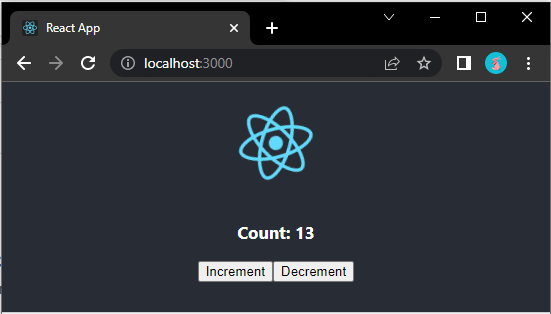 Create Your First App in React with Redux | Counter app
Create Your First App in React with Redux | Counter appAuthor: neptune | 30th-Mar-2023
#React.js
Creating your first app in React can be a daunting task, but with the right guidance, it can be a fun and rewarding experience. Will guide you to create a counter app in React with redux...
 React.js vs React Native – What's the Difference?
React.js vs React Native – What's the Difference?Author: neptune | 26th-Mar-2023
#React.js
React.js and React Native are both frameworks developed by Facebook for building user interfaces. However, they are not the same and have different use cases...
 Essential Topics to Master React JS
Essential Topics to Master React JSAuthor: neptune | 21st-Feb-2024
#React.js
A Comprehensive Guide to Components, State, JSX, Event Handling, Routing, Redux, Hooks, Testing, Performance Optimization, and Server-Side Rendering...
 Managing Virtual Environments in React JavaScript Projects
Managing Virtual Environments in React JavaScript ProjectsAuthor: neptune | 28th-Jun-2023
#JavaScript #React.js
Virtual environments are a valuable tool in React JavaScript projects as they allow developers to isolate dependencies, manage package versions, and maintain project consistency...
 Opportunities - React Django Developer
Opportunities - React Django DeveloperAuthor: neptune | 14th-Apr-2023
#React.js #Django
React Django stack is popular for building web applications. Opportunities for React Django developers in Full Stack, Web, and Software development roles...
 Why React Refuses to Die ?
Why React Refuses to Die ?Author: neptune | 01st-Jun-2023
#React.js
React's success stems from addressing UI development challenges, nurturing a vibrant ecosystem, and its demand in the job market. Challenges exist, but React continues to evolve and remain relevant...
 😱 How React Kicks Off OOPs ? 😱
😱 How React Kicks Off OOPs ? 😱Author: neptune | 01st-Jun-2023
#React.js
React kicks off OOPs by replacing inheritance with composition, achieving code reuse and modularity while promoting functional programming...
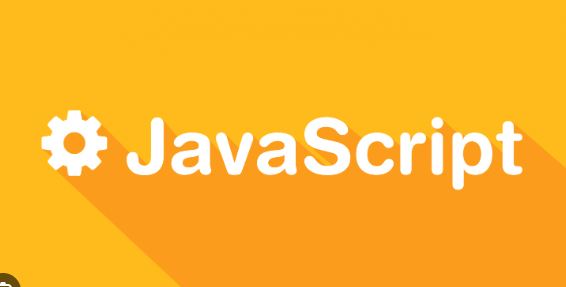 A Guide to Writing Clean, Readable, and Maintainable Code in JavaScript
A Guide to Writing Clean, Readable, and Maintainable Code in JavaScriptAuthor: neptune | 23rd-Feb-2024
#JavaScript
By incorporating these principles into your coding practices, you contribute to creating code that is not only functional but also maintainable and easily understandable by your peers...
 From REST to GraphQL: The Future of API Design
From REST to GraphQL: The Future of API DesignAuthor: neptune | 25th-Feb-2024
#JavaScript
Unlike traditional REST APIs, GraphQL provides a more flexible and intuitive approach to data querying and retrieval...
 Celebrating 10 Years of React: A Decade of Innovation
Celebrating 10 Years of React: A Decade of InnovationAuthor: neptune | 01st-Jun-2023
#React.js
React celebrates its 10th anniversary, revolutionizing frontend development with its innovative concepts, ecosystem growth, and impact on mobile development...
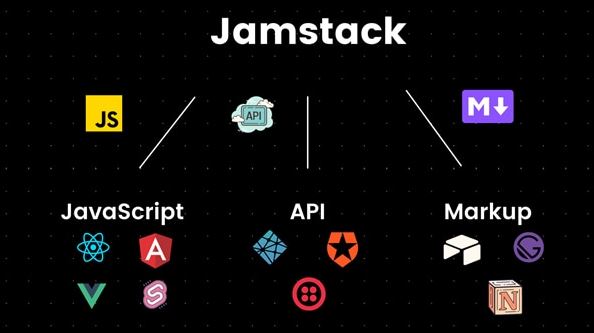 How I Built My Blogging Website Using React, Node.js, and Jamstack Architecture?
How I Built My Blogging Website Using React, Node.js, and Jamstack Architecture?Author: neptune | 05th-Jul-2024
#JavaScript #API
Building a blogging website using React, Node.js, and Jamstack architecture was a rewarding experience...
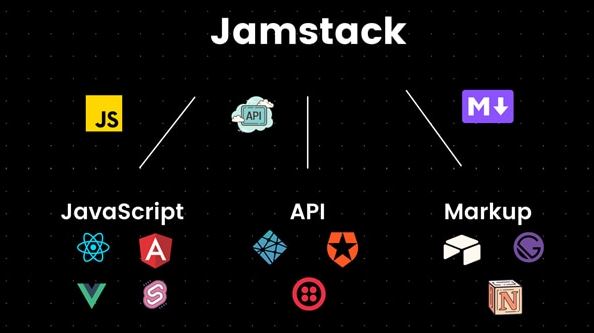 Why, What, and When: Understanding Jamstack?
Why, What, and When: Understanding Jamstack?Author: neptune | 05th-Jul-2024
#JavaScript #API
Jamstack represents a modern approach to web development that addresses many of the challenges faced by traditional architectures...
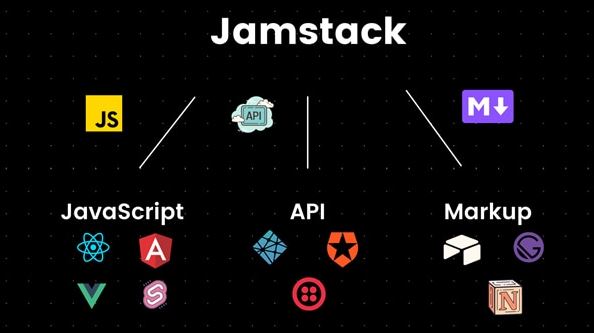 How to Get Started with Jamstack: A Comprehensive Guide?
How to Get Started with Jamstack: A Comprehensive Guide?Author: neptune | 05th-Jul-2024
#JavaScript #API
Getting started with Jamstack involves choosing the right tools, setting up a structured development environment...
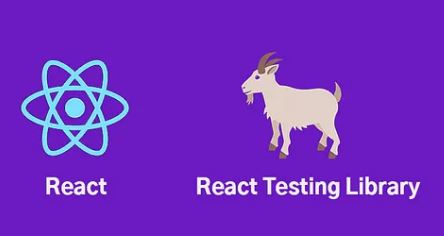 How to Perform Unit Testing in React Components with Examples?
How to Perform Unit Testing in React Components with Examples?Author: neptune | 25th-Jul-2024
#JavaScript #React.js
Unit testing in React is an essential practice to ensure the reliability and robustness of your components...
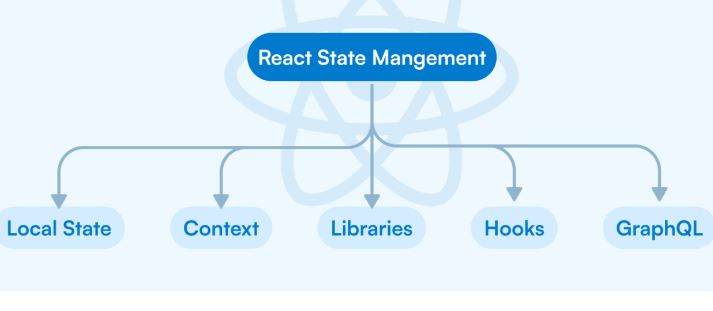 Do you know ! How to manage State in Functional & Class Components in React ?
Do you know ! How to manage State in Functional & Class Components in React ?Author: neptune | 25th-Jul-2024
#JavaScript #React.js
State management in React has evolved significantly with the introduction of Hooks...
View More